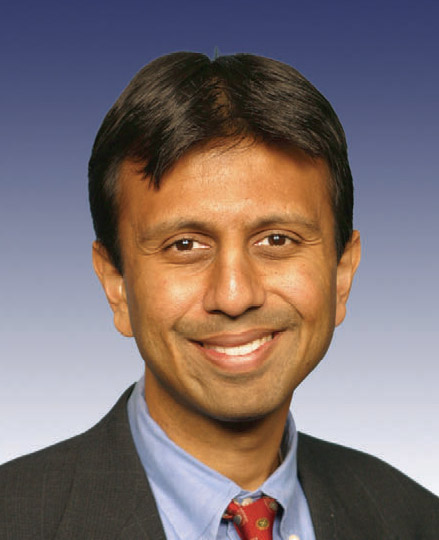New MFP won’t require teacher raises
LFT President Steve Monaghan: “There is no real negotiation over the use of funds. Those who have the authority will make the choice.”
This week the Board of Elementary and Secondary Education approved an MFP Task Force report that recommends a 2.75 percent increase in the $3.5 billion formula, but does not specify that half of the increase should go to teacher salaries.
That prompted LFT President Steve Monaghan to point out that after five years of frozen salary steps, teacher pay is an issue that needs to be addressed.
Prior to the Jindal administration’s freeze on the MFP, half of an annual 2.75 percent increase was dedicated to salaries. Although school boards can choose to spend some of the MFP increase on salaries, Monaghan said, teachers and school employees have no voice in the decision.
“There is no real negotiation over the use of funds,” Monaghan said. “Those who have the authority will make the choice.”
The lack of step increases “is having an effect on teachers and educators,” Monaghan told the board. “We are going to lose some good people, and we already have.”
The LFT president suggested that collective bargaining agreements between school boards and employees would help ensure that scarce funds are spent wisely in school districts.
The 2.75 percent increase would amount to about $70 million. An MFP formula will be developed by BESE in March and sent to the legislature for approval. Lawmakers may either approve or reject the formula, but may not change it. If it is rejected, BESE can rewrite the formula, or let the previous year’s formula become effective by default.

